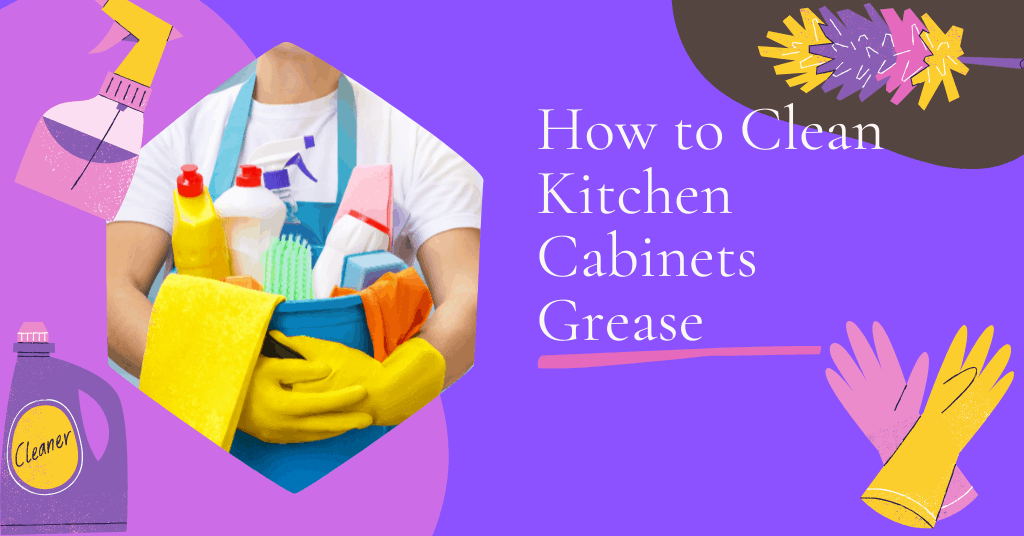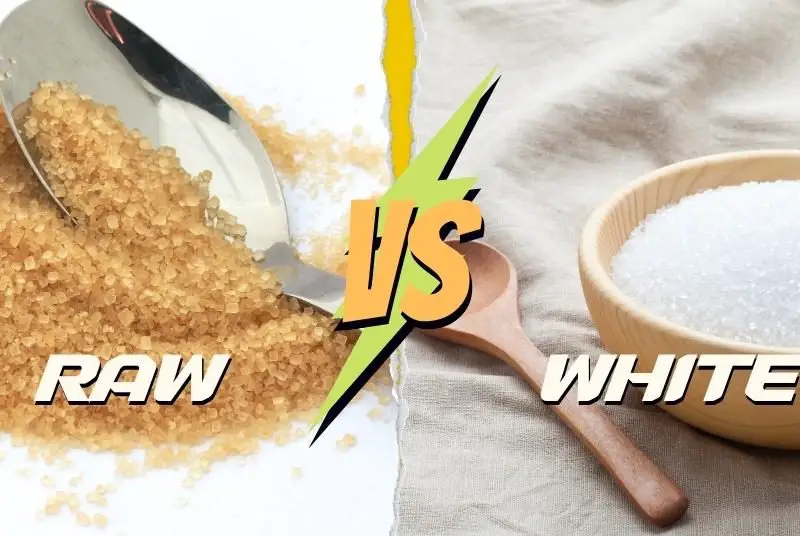I am a well-rounded expert with proficiency in several fields. My experience spans from being a dedicated chef and homemaker. As a passionate homesteader, I’ve honed my skills in sustainable living and animal care, ensuring a holistic approach to everything I undertake. Email me or Txt: (# removed due to spam, please email)
Cleaning out grease from kitchen cabinets is a dirty job that no one likes to do. But, it can be done. Here are some helpful tips and tricks to get rid of that grease and keep it from coming back.
You can clean your kitchen’s greasy Kitchen cabinets with 1 part baking soda to 2 parts water. Add lemon juice to scent. Spray onto the surface and allow to sit for 3 minutes. 1:1 vinegar to water will also work, as well as using dawn dish soap. Use warm water for the best results in all cases.
Reasons why you should remove grease from your cabinets Because we know you’re looking for a reason to procrastinate.
- It can cause respiratory issues
- Buildup of grease can lead to mold and mildew growth
- The Environmental Protection Agency has linked high-fat content in household dust to asthma, especially for children
Terrible! But it’s fairly easy so let’s get to it.
The easy part is the cleaning, the annoying part is taking everything out. Luckily, if you are just cleaning the outside of the door then you can skip this step.
If not, then take everything out of your cabinets and set up somewhere safe (like a table) to put the contents later.
Give everything a good solid wipe with a wet cloth to get rid of the larger crumbs and dust before we begin mixing the cleaning solution.
The mixes, 4 choices
You have a choice in what you use. Isn’t that nice!
In all cases, You should have a spray bottle, and a sponge, preferably with a rough side for stubborn spots.
Choice 1: Vinegar and hot water
Mmm, everyone loves the smell of vinegar in the morning! No, Not really. If you can’t stand the smell, you can skip this method. It’s fairly pungent and will stick around for at least several hours.
If not, then good, because it’s very effective.
Things you will need:
- Vinegar, White is preferred, but others may suffice.
- Water, Hot.
- 2L spray bottle
- Your sponge with a rough surface.
This mix is very easy, simply shake 1 part vinegar to 1 part hot water. The ratio is whatever you think you’re going to need, But I recommend at least 1 cup of each to get started.
Do not worry about not keeping the ratios exact, Nothing bad will happen if you have too much vinegar. And if you have too much water, it might be slightly less effective but no one’s face is going to melt off.
Application instructions:
- Spray.
- Wait 3 minutes.
Wow, shoot, I wish life was always that easy.
Well, maybe not always that easy. You may need to scrub a bit on more stubborn spots but it works very well and is safe for nearly all materials (wood, stone, even plastic).
Everything should come off with little effort. Just make sure you give everything plenty of time to soak in the mix before trying anything else.
Choice 2: Baking Soda
Our second lovely option doesn’t smell nearly as bad, Actually, it has smell-absorbing properties instead! Handy!
This is the method I would advise most use.
Things you will need:
- Baking Soda
- Water, Hot.
- 2L spray bottle
- Your sponge with a rough surface.
This ratio is slightly more important.
- To create a cleaning solution, mix 1 part baking soda with 2 parts warm water
- Add lemon for that extra zing
Now for the super ultra-complex instructions when it comes to the application of this cleaning solution!
Just kidding.
Spray and wait, just like the vinegar solution.
Give it a good scrub if needed, but otherwise, it’s a great choice.
Choice 3: Dawn Dish Soap and Hot Water
I don’t like dawn dish soap. At all. But surprisingly this actually works quite well.
The smell isn’t too bad when mixed with water and is very easy to use. You could probably skip the lemon juice if you applied it this way.
Things you will need:
- Dawn Dish Soap
- Water, Hot.
- 2L spray bottle
- Your sponge with a rough surface.
So when you’re mixing this one, do it as you normally would. Use your best judgment and don’t overdo it. Dawn dish soap is pretty potent stuff.
There is no real measurement for me to give you.
Also, keep note not to shake this one in as pray bottle. You can still use it with a spray bottle but shaking it will just make a mess!
You can also apply it with a big ol’ rag right from a bucket and let it sit for a couple of minutes then give it a good scrub.
Remember to do a final wipe with a clean cloth and clean water to remove all the soap residue.
Choice 4: Commercial grease remover and all-purpose cleaners for kitchen surfaces
Many people choose to do this method for many reasons, mostly because it’s lazy and they already have the chemicals under their sink.
No shame in that, I assure you.
Things you will need:
- All-purpose surface cleaner (preferably one safe for wood or whatever your pantry is made of).
- Eyes to read the instruction labels and warnings on the back
Follow the directions on the back of the bottle.
If you’re wondering if they’re safe for your kitchen cabinets, well… They are made for kitchen surfaces so there’s a great chance that it will work safely on everything in your pantry. Just remember to test it in an out-of-the-way area first to make sure it doesn’t leave a nasty mark.
The great thing about commercial cleaners is they are hugely effective and can be purchased at any store for very little.
Most people will already have this under their sink, so if you run out of homemade solutions don’t worry about it!
The Final Word
A lot of these recipes can be made in bulk and kept around for when your cabinets need to be clean. It’s a simple routine that will keep your kitchen tidy and make everyone happy all at the same time!



